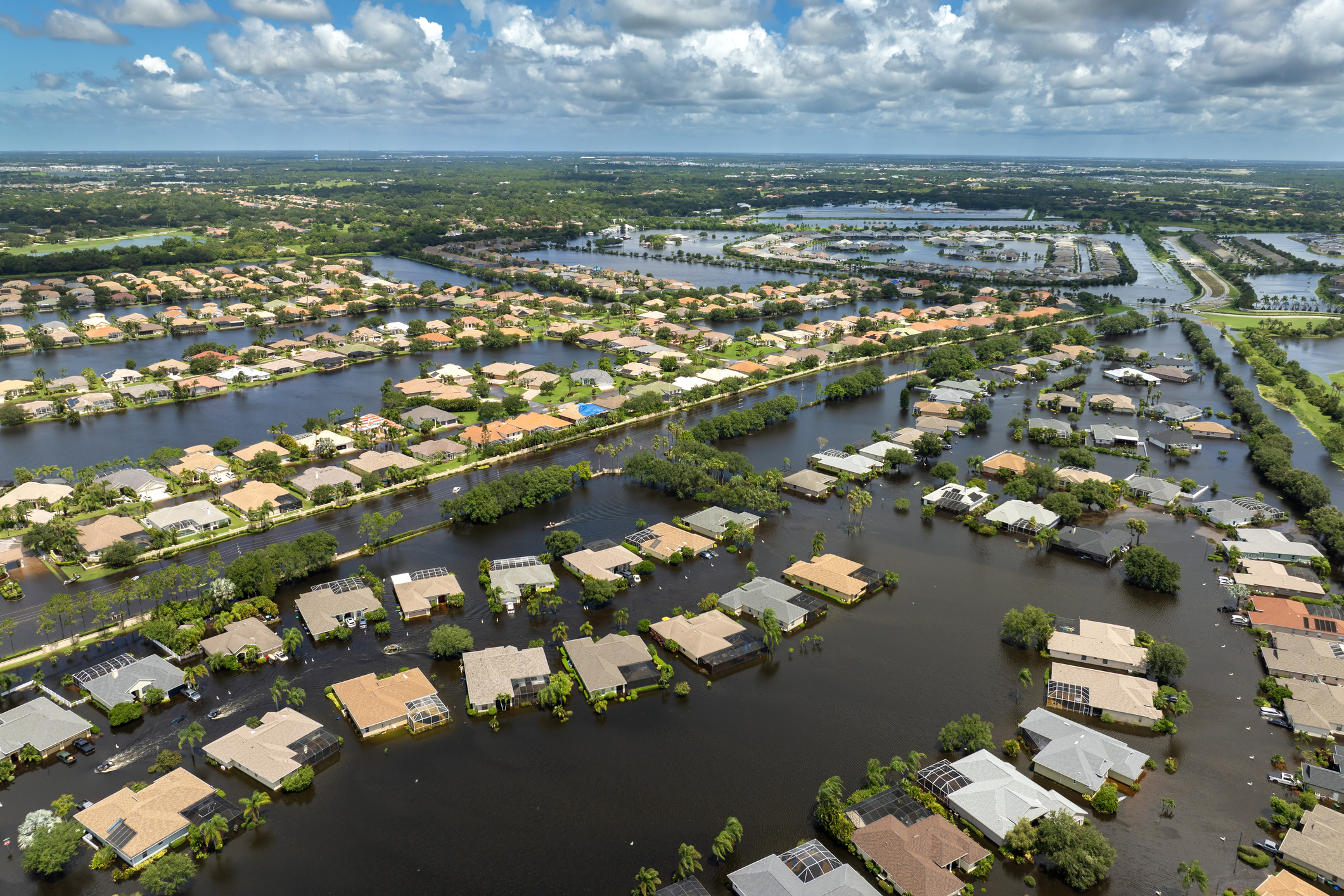Powered by Floodbase
Municipal flood insurance program
Protect your California municipality against damage and loss of tax revenue from atmospheric rivers.
In Partnership With



California Atmospheric River Flooding, December 2022 - January 2023
Atmospheric rivers cost California billions every year and that risk is growing.
The public sector is largely unprotected by traditional insurance offerings
80% of economic loss from atmospheric river flooding in 2023 was uninsured, fiscally straining local governments
Traditional insurance options for cities and Joint Powers Authorities (JPAs) are difficult to underwrite and quickly exhausted in years with multiple, high impact events
Federal dollars are not always guaranteed, don’t cover lost tax revenue, and take years to arrive in local accounts
Economic losses from flooding impact tax revenue and all sectors, including transportation, agriculture, utilities, energy, housing, and disaster response
Our program with Floodbase brings much needed coverage and stability to local governments in a state which insurers have been leaving.
Alex Kaplan, Executive Vice President for Alternative Risk, Amwins
In partnership with Floodbase

About the product
Transparent insurance paid automatically based on the amount of flooding within the municipality

The insured area is a boundary drawn around the municipal borders

The presence of flood water is mapped and measured hourly within this boundary

When the amount of flooding with the boundary exceeds the pre-agreed amount (the threshold), the payment is made
Illustrative example: Pleasanton, CA during 2023 atmospheric river
First dollar cover for disaster response
Insurance for lost municipal tax revenue
Quick injections of capital to help communities bounce back without the long-administrative wait times from typical sources of support
Insurance for lost municipal tax revenue
Insurance for lost municipal tax revenue
Cover sales tax from drops in tourism, property tax from reductions in property value, and income tax from affected small businesses
Payout speed and flexibility
Insurance for lost municipal tax revenue
Rapid payouts within days of a flood used at the government's discretion for communities and the public infrastructure that serves them
Expanded protection
Insurance for lost municipal tax revenue
Fund high deductibles for excess and flood layer beyond self-insured primary layer
Atmospheric rivers can transport 15 times the water volume of the Mississippi River and cost California on average, more than $1 billion every year.
Exposure to structures and their content
Covered by NFIP, private, and excess policies
COvered by floodbase & amwins Program
Impacted public infrastructure and critical facilities
Covered by NFIP, private, and excess policies
COvered by floodbase & amwins Program
Lost tax revenue due to decreased property value, closed businesses, and reduced tourism
Covered by NFIP, private, and excess policies
COvered by floodbase & amwins Program
Disaster response funding for community response and recovery
Covered by NFIP, private, and excess policies
COvered by floodbase & amwins Program
Get in touch to discuss coverage for your
public sector clients
public sector clients






